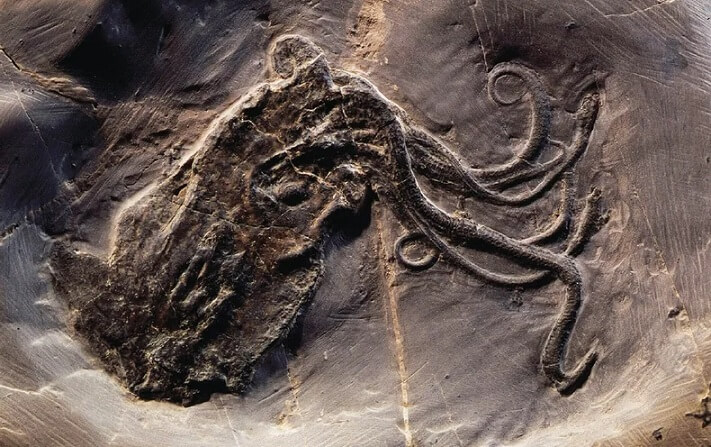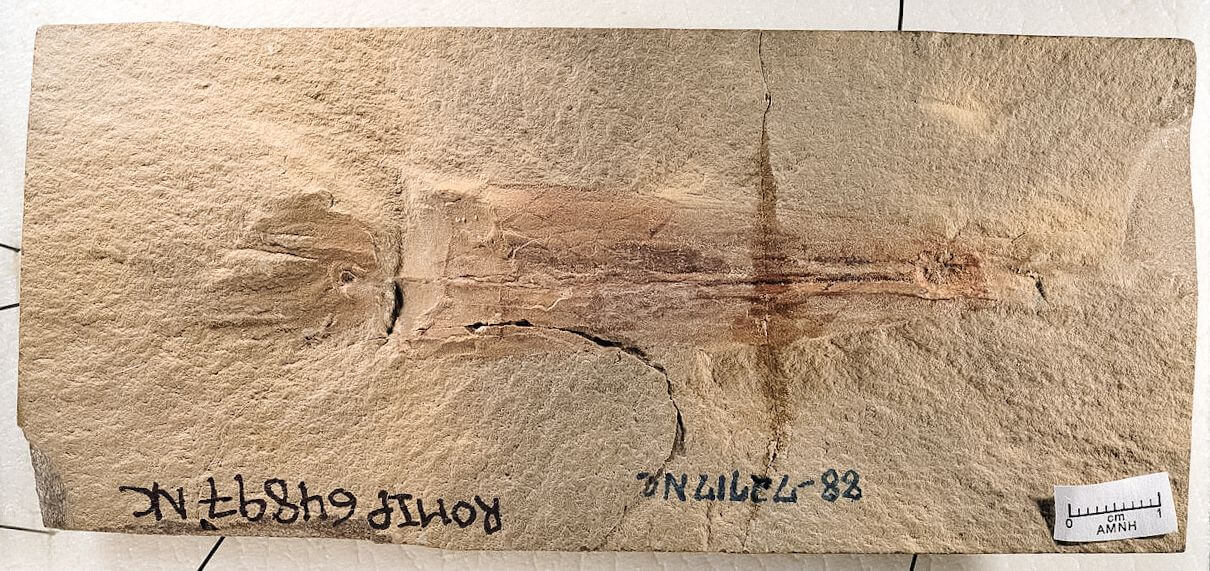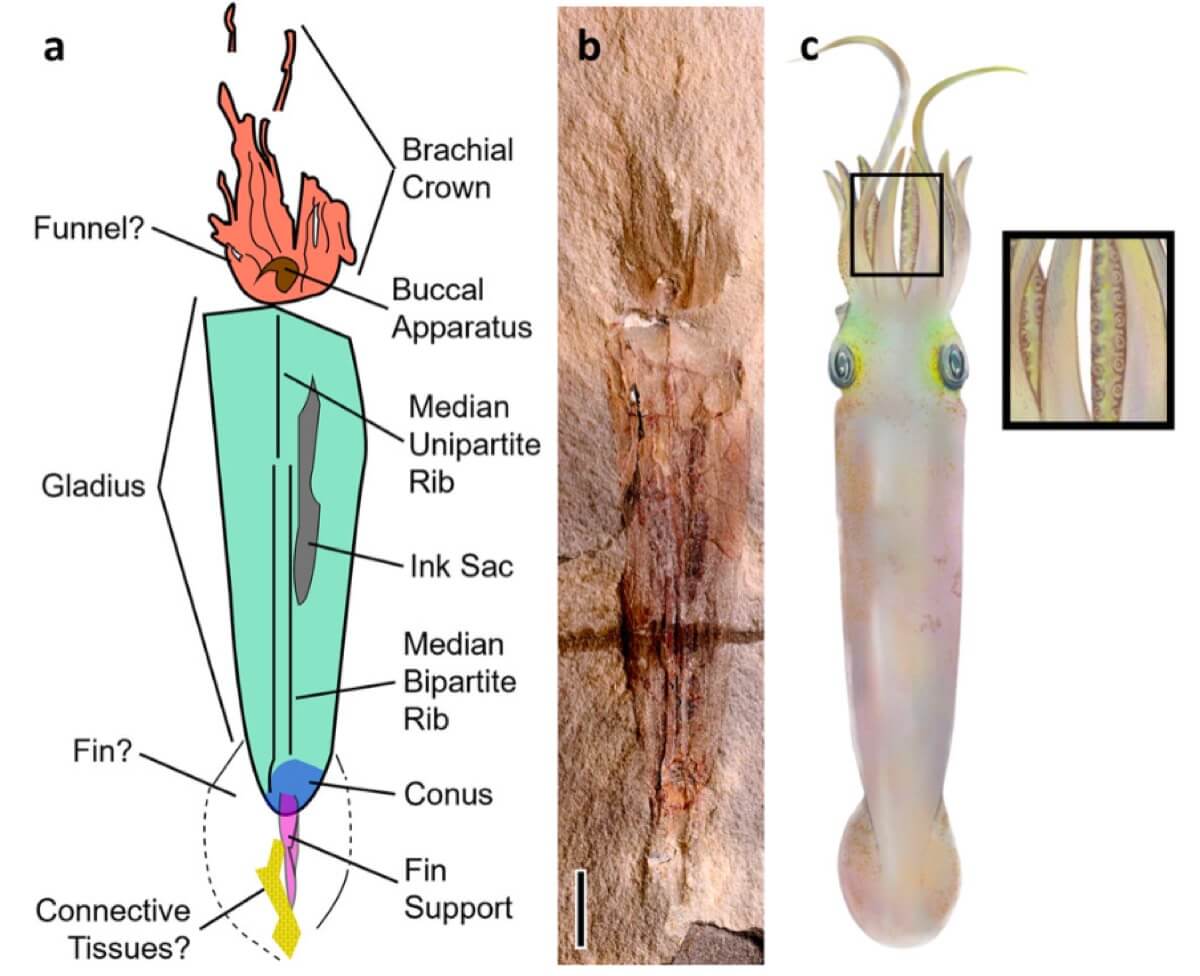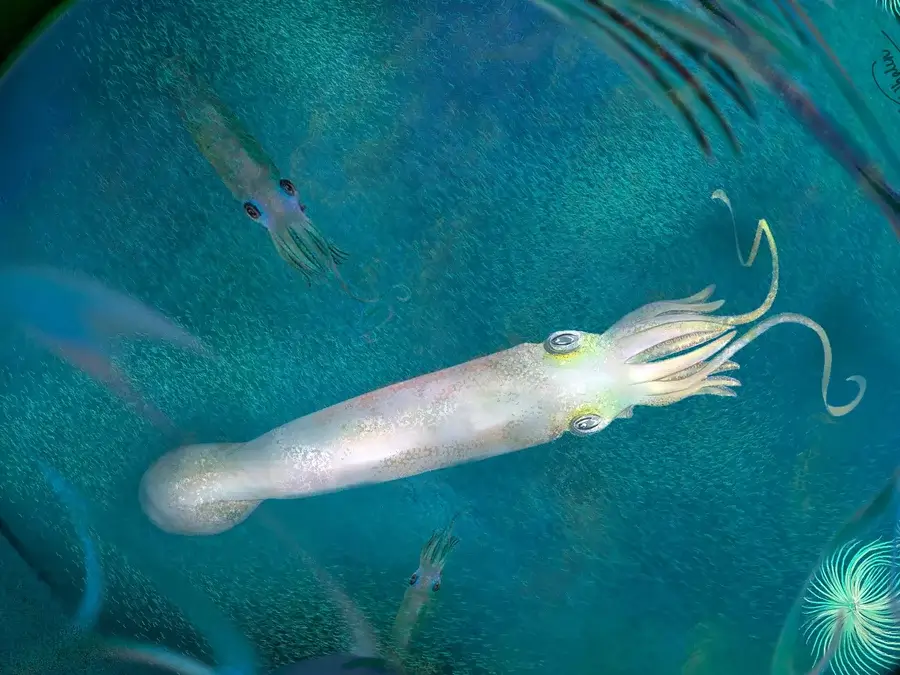
Octopuses Were Around Before Dinosaurs: The Oldest Known Octopus Fossil Is 330 Million-Year-Old
Scientists unearthed 330 million-year-old octopus fossil in Montana, which means octopuses have been around since before the dinosaurs.
In the vast realm of marine creatures lies a trove of mysteries, and a group of devoted scientists has recently unveiled one captivating enigma. Through their relentless efforts, they have unearthed the oldest known octopus fossil, shedding light on the mesmerizing ancestry of these intriguing beings.
This remarkable discovery, a 330 million-year-old relic discovered in Montana, unveils the existence of ancient octopuses long before the reign of dinosaurs, thus challenging and reshaping our prior notions about the evolution of these delicate invertebrates.

The Montana Fossil: A Window into The Past

The study, published in the prestigious journal Nature Communications, highlights the significance of this groundbreaking find. The ancient octopus fossil, measuring 4.7 inches (12 centimetres) in length, was discovered in the Bear Gulch limestone formation of Montana. With 10 limbs, each having two rows of suckers, the fossilized creature reveals that the ancestors of modern octopuses had more appendages than their present-day counterparts.
Researchers believe that the prehistoric octopus resided in a shallow, tropical ocean bay, giving us a glimpse into the marine environment of that era.
From Dragons To Dinosaurs: How People Interpreted Fossils Throughout History
The rarity of soft tissue fossils makes this discovery all the more remarkable, as soft-bodied organisms are often poorly preserved in the fossil record.
A Long Overlooked Treasure
Although the octopus fossil was unearthed in Montana and donated to the Royal Ontario Museum in Canada in 1988, it remained hidden in a drawer for decades, overshadowed by other fascinating fossil discoveries from the Bear Gulch site. It was not until recently that palaeontologists noticed the 10 tiny limbs encased in limestone and realized the true significance of this specimen.
Unravelling the Mystery of the Ancient Octopus
Upon closer examination, the well-preserved octopus fossil also displayed evidence of an ink sac, reminiscent of modern octopuses. These creatures use ink as a defence mechanism to create a dark cloud in the water, allowing them to escape from predators.
This intriguing similarity suggests that the ancient octopus had already developed advanced survival strategies millions of years ago.
Syllipsimopodi Bideni: A Presidential Tribute

The scientists who studied the octopus fossil named it Syllipsimopodi bideni, in honour of President Joe Biden. They intended to express their admiration for the president’s commitment to science and research, as well as emphasize the importance of discoveries like this in understanding the evolution of marine life.
Vampyropods: An Ancient Lineage
The ancient octopus is classified as a vampyropod, a group of cephalopods that includes modern octopuses and the enigmatic vampire squid. Despite its name, the vampire squid is more closely related to octopuses than squids, adding to the intrigue surrounding these fascinating creatures.
Prior to the discovery of the Montana fossil, the oldest known definitive vampyropod dated back to around 240 million years ago. The revelation of Syllipsimopodi bideni, therefore, pushes back the origins of this group by nearly 100 million years, offering valuable insights into the early stages of vampyropod evolution.
The Significance of the Discovery
The uncovering of the oldest known octopus fossil holds tremendous significance for the scientific community. It challenges previous beliefs about the timeline of octopus evolution, revealing that these ancient creatures were already thriving before the era of dinosaurs. Furthermore, it offers a unique opportunity to study the early development of soft-bodied invertebrates, which are often underrepresented in the fossil record.
Implications for the Study of Octopus Ancestry
The discovery of the 330 million-year-old octopus fossil has far-reaching implications for the study of octopus ancestry. By understanding the evolutionary history of these creatures, scientists can better appreciate the unique adaptations that have allowed octopuses to survive and thrive in their marine environments. Moreover, the findings emphasize the importance of continued research into the fossil record, as even long-overlooked specimens can yield groundbreaking insights.
The Role of Palaeontology in Unveiling the Secrets of The Past
The story of the ancient octopus fossil underscores the vital role that palaeontology plays in our understanding of the history of life on Earth. By painstakingly examining and analysing fossil specimens, researchers can reveal the secrets of long-extinct species, shedding light on the complex web of evolutionary relationships that have shaped the world we know today.
The Enigmatic World of Ancient Octopuses
The Montana fossil discovery has opened a new chapter in the study of ancient octopuses, offering a tantalizing glimpse into a world that existed hundreds of millions of years ago. As we continue to uncover the mysteries of these fascinating creatures, we deepen our appreciation for the rich tapestry of life that has shaped the Earth’s history.
Looking To The Future: What More Can We Learn?
The remarkable story of the ancient octopus fossil serves as a reminder of the enduring power of scientific curiosity and the potential for future discoveries. As researchers continue to delve into the fossil record and uncover new specimens, we can look forward to learning even more about the captivating world of ancient octopuses and their incredible evolutionary journey.
In conclusion, the discovery of the oldest known octopus fossil in Montana has not only shed light on the origins of these enigmatic creatures but also demonstrated the importance of continued research into the past. By unravelling the mysteries of ancient octopuses, we can better understand the complex web of life that has shaped our world and appreciate the extraordinary adaptations that have allowed these creatures to endure through the ages.
* * *
NEXT UP!
Scientists Find Out If A Lashing Dinosaur Tail Could Generate A Sonic Boom
Every once in a while, scientists embark on a study to test some weird and wacky hypothesis that makes you wonder why. But let’s indulge them; it can be fun.
A new study from a team of palaeontologists and aerospace engineers has simulated a dinosaur‘s tail as it lashes about, all to see whether long-necked sauropods could whip their appendages faster than the speed of sound – quick enough to produce the crack of a small, supersonic boom.
Previous research has suggested the dinos could, if their tails had a bullwhip-like structure adding length. If that were true, these herbivorous dinosaurs might have used their tails to defend themselves against predators or nosy neighbours.
* * *
READ MORE: A Dinosaur Killed On The Day of The Fatal Asteroid May Have Been Discovered
Read more on Ancient History: Giant ‘Death Shadow’ Dinosaur Found In Argentina Is Largest Megaraptor On Record
Enjoyed it? Please take a moment to show your support for Collective Spark.
We’d love to hear from you! If you have a comment about this article or if you have a tip for a future Collective Spark Story please let us know below in the comment section.
